A music typewriter is a machine that operates in a similar way to a typewriter. According to SMART (Small Museum, Union of Territorial Representatives), the earliest idea for this type of machine was developed in 1734.
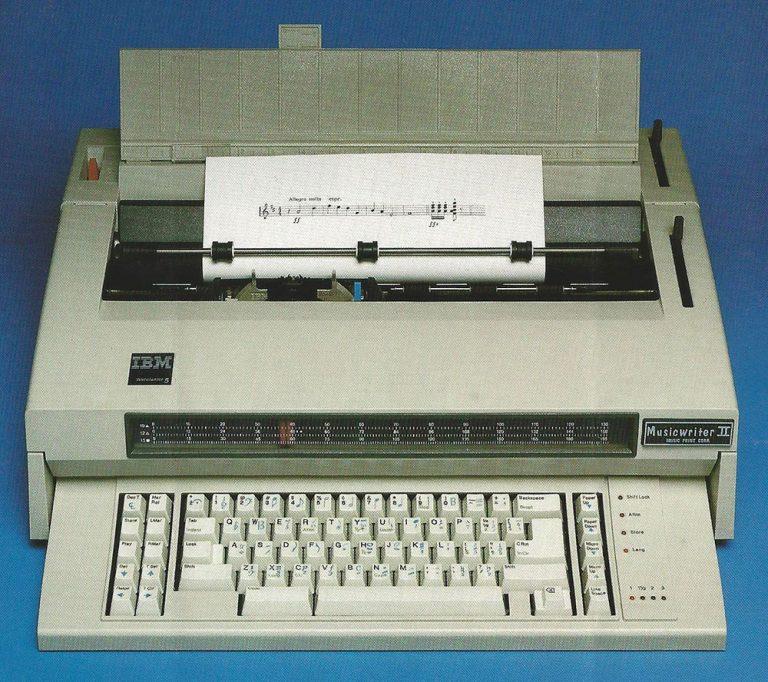
IBM Musicwriter II music notation machine, manufactured in 1988
By 1885, the first patent for such a device was granted to inventor Charles Spiro, which was an object that resembled a sewing machine. This was followed in 1906 by a patent granted to F. Dogilbert, who built a musical notation machine that looked like a mechanical engraver.
Complete music notation machine
After many inventors had researched and experimented with various methods, a truly complete and usable musical notation machine was finally created. The pioneer in this field was the German inventor Gust Rundstatler , who completed a new music notation system, considered the best music notation system of that time. This machine was produced by the Archo factory in Frankfurt in 1936, with the initial export version called the Melotyp .
The Melotyp was a musical notation machine that was a huge hit in Germany, it could write entire scores and won an award at the world exhibition in Paris, unfortunately it was not a commercial success.
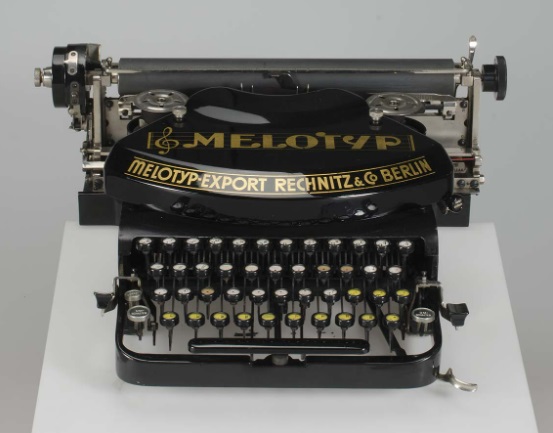
The Melotyp musical notation machine was invented by German inventor Gust Rundstatler and manufactured by the Archo factory in Frankfurt in 1936.
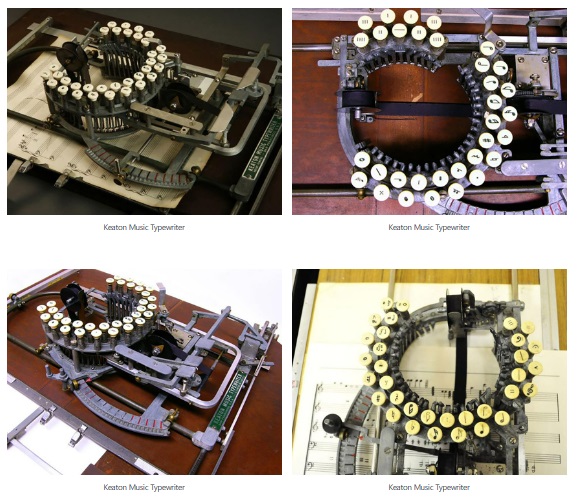
Keaton musical notation machine, an improved 33-key model built by Robert H. Keaton in 1953
Continental then developed a musical notation machine based on the standard Continental typewriter that could type all the necessary notes and musical notation. In 1936, a special model was developed in San Francisco, California, USA. This machine was quickly patented and called the Keaton-Music Typewriter.
The first Keaton musical notation machine had 14 keys and was invented by Robert H. Keaton in 1936. This was followed by another patent for an improved Keaton machine with 33 keys in 1953. This machine could be typed on a flat sheet of paper similar to the mechanism of a typewriter.
How does the Keaton music notation machine work?
According to Music Printing History , this Keaton machine had a handle called a scale shifter. This handle moved across a knurled metal arc from right to left across the circular keyboard; a long needle moved alongside the ribbon, indicating where to print the next musical notation.
The Keaton had two keyboards—a smaller fixed keyboard and a larger movable keyboard, both of which were moved by a scale-shifting handle. The small keyboard held the bar lines and ledger lines in a fixed position on the paper; the large keyboard held notes, rests, sharps, flats, and other musical symbols. In addition, there were three spacer keys used for various purposes, such as adding spaces to dots, or adding flourishes or dots. The keys were pressed straight down on the paper where the long needle indicated the position. A printing ribbon ran beneath the symbols to allow printing to take place.
Today, alongside the Keaton music notation machines, people still remember the "Musicwriter" invented by Cecil S. Effinger in 1946. This machine looked like an early IBM typewriter with a QWERTY keyboard. Its next version was, in fact, a word processor produced by IBM.
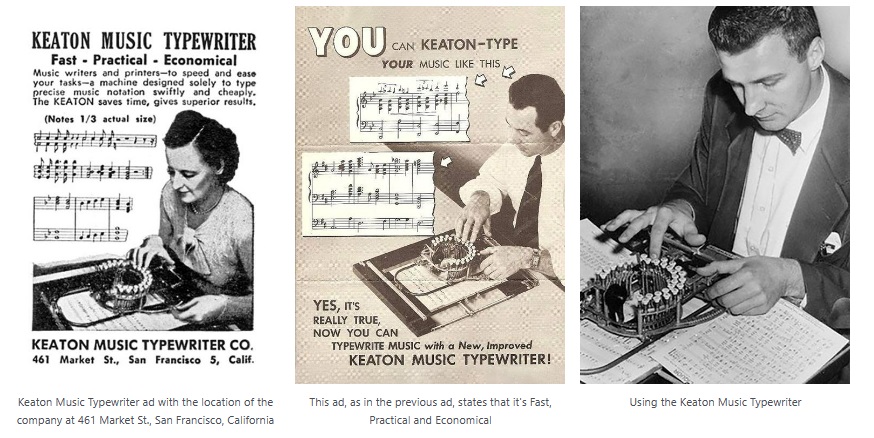
Keaton music notation machine introduction, advertising and usage pages
Another invention that has gone unnoticed in the history of music printing is the one created by Lillian Pavey in 1961. She used a typewriter-like music copy machine to transcribe notes from a record. Another model of music notation machine that was not sold to consumers but is a treasured collector’s item is the sleek Musicwriter II from IBM in 1988.
Today, a few Keaton notation machines remain in museums and private collections. In the 1950s, several Keaton machines were commercially available for around $225. They made it easier for publishers, educators, and musicians to produce music in large quantities. However, composers seem to prefer to write their music by hand.
Source link






![[Photo] Third meeting of the Organizing Subcommittee serving the 14th National Party Congress](https://vstatic.vietnam.vn/vietnam/resource/IMAGE/2025/4/2/3f342a185e714df58aad8c0fc08e4af2)
![[Photo] Relatives of victims of the earthquake in Myanmar were moved and grateful to the rescue team of the Vietnamese Ministry of National Defense.](https://vstatic.vietnam.vn/vietnam/resource/IMAGE/2025/4/2/aa6a37e9b59543dfb0ddc7f44162a7a7)

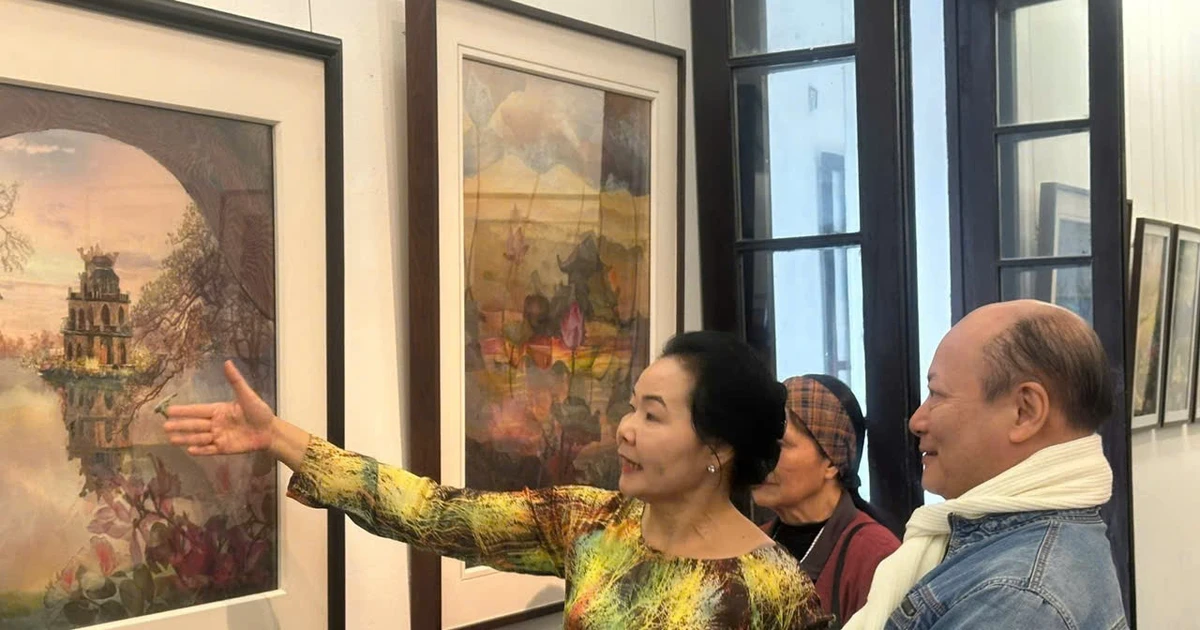























































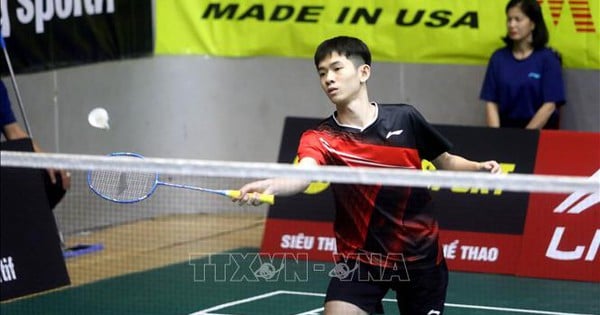

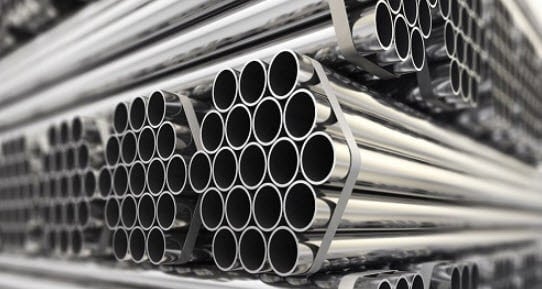





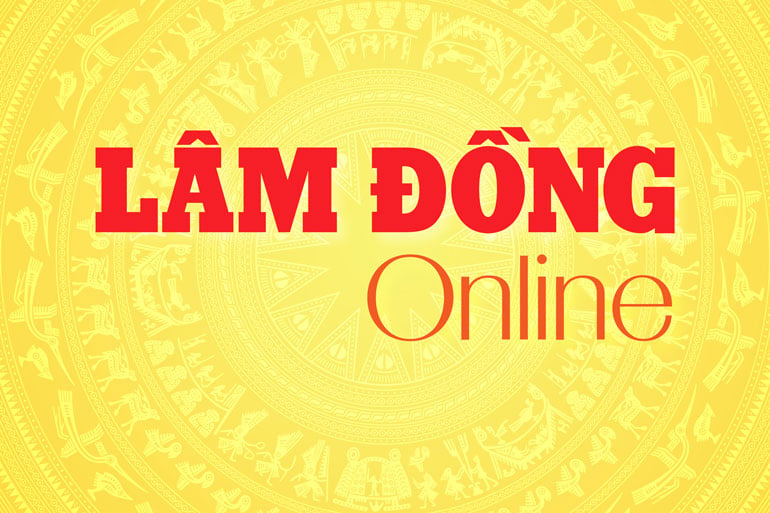
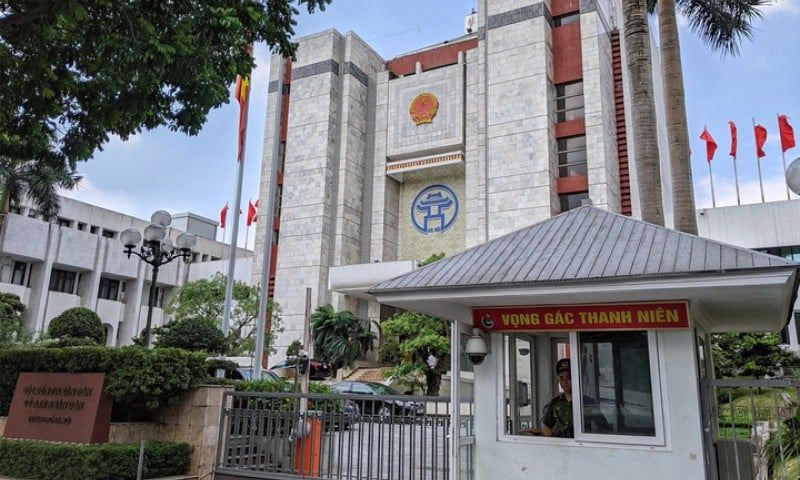















Comment (0)